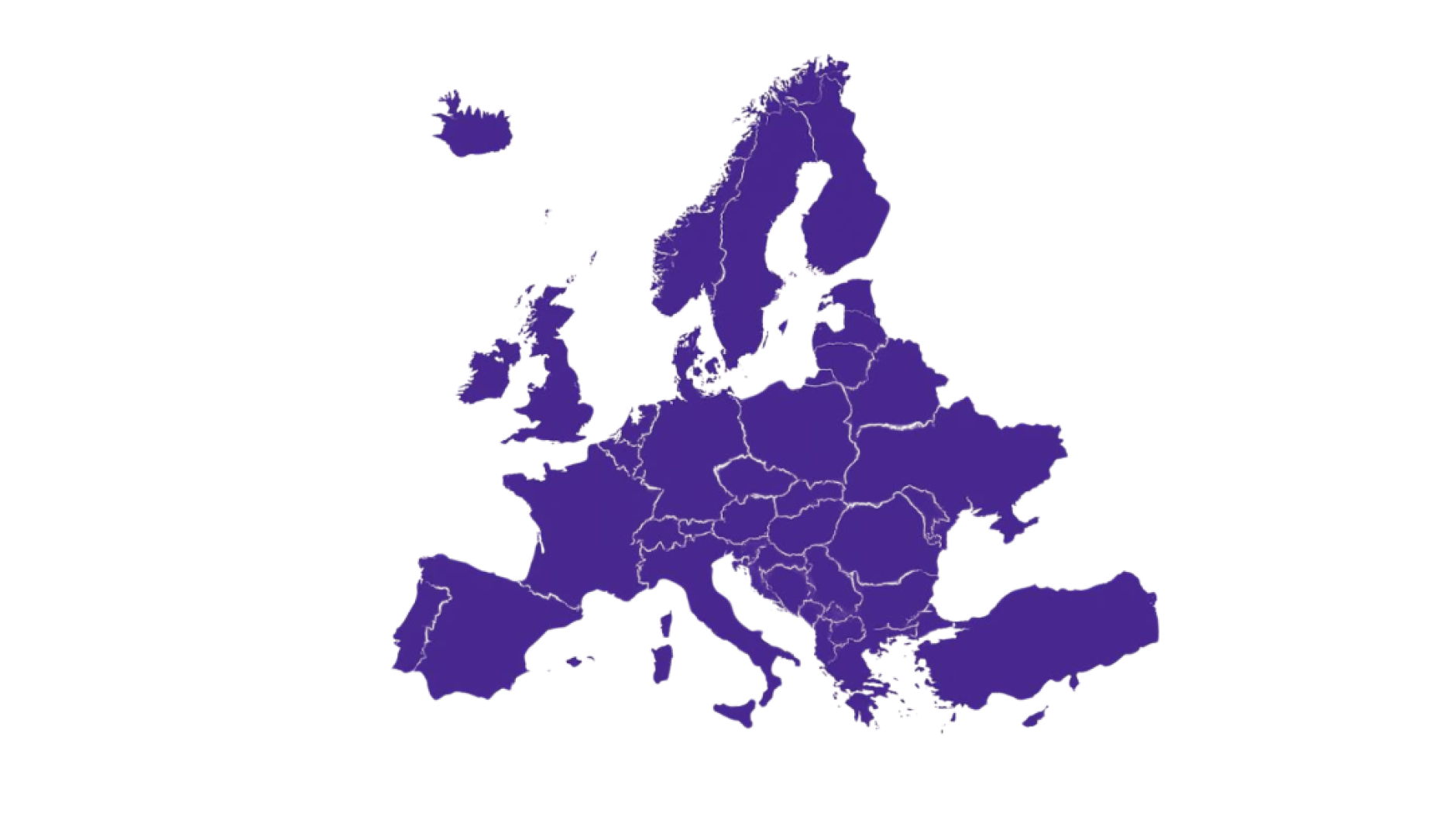Bigger and better: how to create the Union of the future by 2030
Europe’s future security, prosperity and unity now hinge on one twin challenge: enlarging the Union to embrace Ukraine and other candidates while reforming its governance, decision making, democracy, rule of law and budget so that a Union of 35 Members and 500 million citizens can function and thrive. The European Commission will publish its 'pre-enlargement policy reviews' in fall 2025, mapping the impact of enlargement.

Why we need enlargement and reform
The stakes could not be higher: with Trump, Putin and Xi knocking on our door, with the climate crisis and the digital revolution, Europe will either transform the continent into a united democracy – or be sidelined in the competition between bigger powers. Luckily, we have all the ingredients to make Europe a success.
Enlargement strengthens the foundation for EU values to thrive and improve the well-being and dignity of hundreds of millions of people. It enlarges the single market, enables the green transition, and improves confidence in the EU through motivated and talented populations. It is also the EU’s strongest foreign-policy tool and the cheapest insurance against Russian aggression. Yet past enlargement rounds have shown that weak rule-of-law safeguards and unanimity vetoes bypass democratic requirements and slow down decision-making, paralysing the Union from within. At the same time, while the agricultural and internal market gains of a country like Ukraine joining would massively benefit the Union, it could be a burden if not combined with substantial institutional reform. Finally, many long-promised internal reforms stall because national leaders fear Treaty change; history
shows that the political momentum of enlargement triggers reforms. Reform and enlargement are thus two sides of the same coin. This requires 3 steps.
1. Fixing the enlargement machinery
We propose a model that is “faster, fairer, and fire-proof”, so the EU shall e.g.:
move all intermediate accession votes to Qualified Majority Voting;
introduce a new advanced-candidate status; candidate countries receive EU benefits for making reforms faster while a core of EU Member States can integrate deeper;
use new tools to support pro-EU societies + pressure backsliding governments;
add post-accession rule of law surveillance, transition periods, and other
safeguards;create a massive awareness raising campaign and structurally empower citizens
and civil society to make enlargement driven by people, not governments.
2. Stage 1 reforms (deliverable before 2030, without Treaty change)
By using passerelle clauses, secondary law and inter-institutional deals, the EU shall e.g.:
streamline the institutions with less, merit-based Commissioners, rolling quintets for Council Presidencies, and an empowered EP with transnational lists;
end single-state vetoes on sanctions, taxation and enlargement steps;
establish a European Agora, a citizens’ assembly whose recommendations must be debated and replied to by the co-legislators;
extend EPPO jurisdiction and rule-of-law conditionality to all EU spending;
create a €75 bn Enlargement Adjustment Facility, reform the CAP, cohesion funds and MFF, and activate new own resources (CBAM, digital, corporate-tax share).
These measures shall go in parallel with admitting Montenegro and other front-runners, so the EU can continue to act as it enlarges – without touching the Treaties.

3. Stage 2 reforms (deliverable by 2030, with Treaty change)
Through six possible options for treaty change, a new constitutional package must e.g.:
with an EU constitution, replace the Commission, Council and Parliament with an elected EU Government scrutinised by a bicameral Parliamentary Democracy;
abolish unanimity for all policy areas except for (i) new treaties, (ii) opening and closing of accession negotiations, and (iii) foreign deployment of EU military forces;
upgrade the Court of Justice of the EU to a full Constitutional Court (with ex-ante treaty review), making it the arbiter of Article 7 violations;
turn the European Agora into a full EU legislative institution;
establish an EU Treasury with ≥ 3 %-of-GNI fiscal capacity and common debt;
By 2030, this will ensure that a Union of 500 million citizens and 35+ members will be successful. Crucially, Ukrainian accession and the impact it will have on the EU should coincide with and enable the conditions for a treaty change, rather than treaty change being a precondition for its accession. Ukrainian membership should not be held hostage by reform, but be seen as a positive opportunity to radically transform the EU for the better.
Pay-off
Implementing this Agenda 2030 gives candidate societies a credible path to Membership, turns enlargement into a security and economic dividend instead of a strain, and finally delivers the democratic, resilient Union Europeans say they want. Every past enlargement round was preceded by structural reform; acting now ensures the next one creates the Union of the future – peaceful, green and sovereign – well before the end of this decade.
______________
You and us share the same dream of a united, thriving Europe. It really means a lot to us when you make a donation, and if you would like to help us plan ahead with confidence, we thank you for your monthly contribution 💜